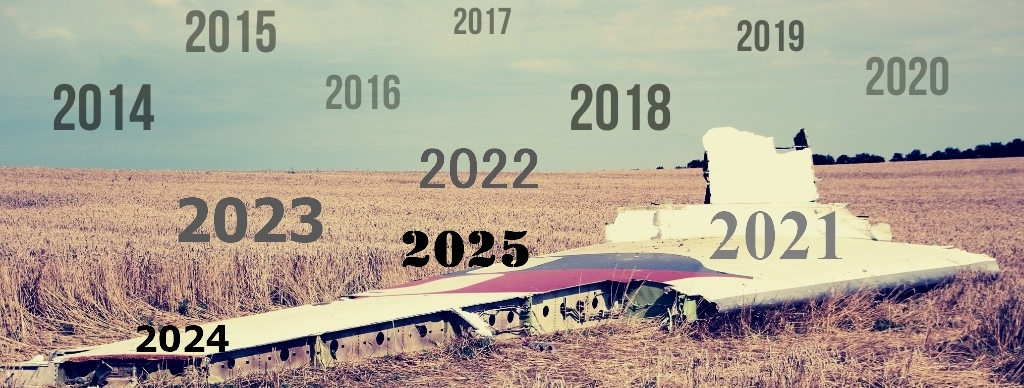18.07.14
Dutch Safety Board sends team to Ukraine to investigate crash
The Dutch Safety Board is shocked by the air disaster in Ukraine and thoughts are with the next of kin of those on board. The Board will be doing all it can to provide next of kin with as much information as possible about the disaster. Therefore the Board will be travelling to Ukraine at the earliest opportunity to take part in the international investigation into the disaster, which occurred in the Donetsk region.
The Dutch Safety Board was formally informed on the air disaster by its Ukrainian counterpart (NBAAI) at around 8am this morning. The NBAAI also requested the Dutch Safety Board to participate in the international investigation. According to international (ICAO) regulations, the State in which the crash took place is responsible for taking the lead in investigating the circumstances of the incident. In response to Ukraine's request, the Dutch Safety Board will be sending a team of investigators to take part in the international investigation. Contact will also be sought with the relevant authorities for retrieving the data stored on the ‘black boxes’. The Dutch Safety Board would like to stress the importance of carrying out a full and thorough investigation into the disaster. Given the large number of Dutch fatalities, the Board will contribute in any way it can to the investigation into the cause of the crash.
Internal investigation
The international investigation is likely to direct its full focus on the cause of the crash and how it unfolded. The Dutch Safety Board will, however, also be looking at underlying procedures. As well as taking part in the international investigation, the Board will therefore be launching an investigation into the decision-making processes around flight routes and the availability of passenger lists.
Investigation process
The Board’s investigators are currently en route to the site of the crash. The investigation into the decision-making processes around flight routes and the availability of passenger lists will be carried out independently by the Dutch Safety Board.





